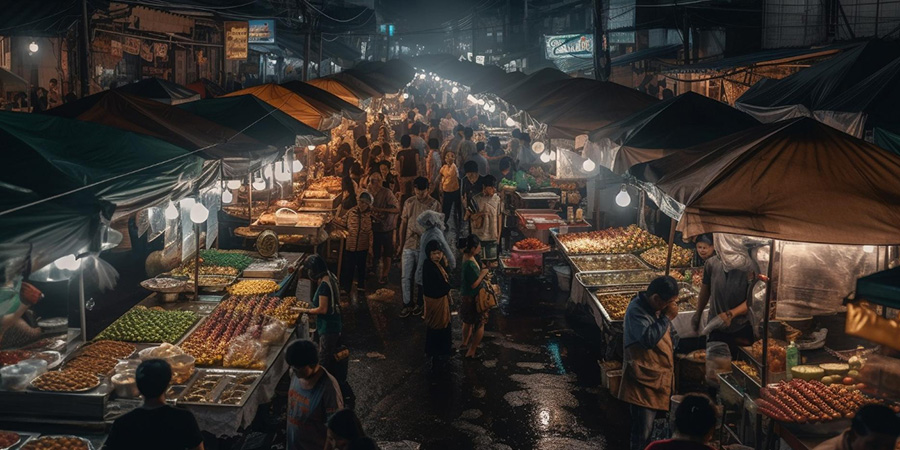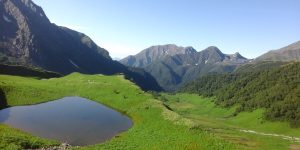Border towns are places where political and cultural geographies are stretched to their limits. They are known for their roughness and raw energy and marred by informal trade and rampant corruption. Having an open border with India, many Nepali cities are considered to be border towns. Among them, three of the most important border towns in West Nepal are–Dhangadhi, Nepalgunj and Siddharthanagar. Although all three of these towns border Uttar Pradesh on the Indian side, they vary significantly in socioeconomic terms.
Economy
Trading constitutes a major chunk of the economic activity of Dhangadhi, Nepalgunj and Siddharthanagar. Almost 90% of businesses in these towns comprise of wholesale and retail traders, a fact evident in the myriad tiny stalls that can be seen stretching across every direction and proffering every imaginable ware.
In terms of industry, Siddharthanagar has a comparatively larger presence of cement and steel-based small and medium-scale industries, whereas the manufacturing bases of Dhangadhi and Nepalgunj are very small in size and primarily based on agricultural products.
Numerous casino hotels of different star ratings are being established in all three towns. The hospitality industry in Nepalgunj primarily caters to tourists travelling to Mount Kailash and is hence, marketing itself as a transit city. Hotels in Dhangadhi and Siddharthanagar, on the other hand, primarily cater to Indian tourists from Uttar Pradesh and Bihar respectively. Medical tourism is a booming sector in Nepalgunj as the city has 15 specialty hospitals and caters to most of the population in West Nepal.
Infrastructure
Road expansion is a major undertaking in all three border towns. While Nepalgunj has completed the six-lane highway joining the city to Kohalpur, the Butwal–Siddharthanagar and Dhangadhi–Attariya six-lane roads are still under construction. All of these road expansion projects are aimed to ease the growing road congestions.
All three cities are also in pursuit of expanding their airports. While Gautam Buddha International Airport in Siddharthanagar is being upgraded to a regional international airport, Nepalgunj Airport is expanding its runway. Dhangadhi Airport, on the other hand, has completed land acquisition to upgrade itself to an international airport, being Nepal’s fourth international airport under the Dhangadhi Airport Capacity Enhancement Program.
Real estate
Real estate prices in Dhangadi and Siddharthanagar have increased swiftly in the past two years. Land prices in Siddharthanagar have increased by up to seven-fold following the construction of inner city roads and drainage systems in 2016, while those in Dhangadi have increased by up to fourfold after it was declared the capital city of Province 7. Compared to the other two towns, land prices in Nepalgunj are comparatively cheaper.
Environment
All three towns are heavily polluted and ongoing construction work on the expressways have aggravated the problem. Dhangadi is comparatively cleaner and greener in comparison to Nepalgunj and Siddharthanagar. However, all three towns experience problems with waste management.
Hence, while the hospitality and construction sectors are likely to remain the major sectors for economic activity in Dhangadhi, Nepalgunj and Siddharthanagar in the decade to come, resultant impacts on the environment, security and urbanization need to be carefully considered.











